Madelene Oldeman has developed a universe of drawings, which combines meticulously composed, often organic, forms with runny ink figures that float between the figurative and the abstract. With their empty white background, the drawings seem to suspend the contrast between surface and space and give the figures a three dimensional effect, which the viewer has to relate to corporally. That one has to move in relation to the large formats in order to see alternately the details of the drawings and their whole strengthens this experience. The world of symbols is open; their interpretation likewise involves a movement back and forth: between the private and the public, or between a corporeal and a mental experience, etc.
An important figure in Oldeman’s work is the Barbapapa, whose flexibility and shapability in the 1970s stood for personal freedom and self-realisation, a promise that today has changed into a demand for adaptability on a precarious job market. It is ambiguous and marked by the ambivalence between its emancipatory and oppressive interpretations. By bringing the physical and psychological shapability together, it points to the relationship between physical and mental space, body and psyche; a theme that is investigated in several of the artist’s works. In her decoration of the Barn och Ungdomspsykiatrin in Malmö, for example, the figure encourages a search for a personal balance independent of external demands for normality and adaptability. But, under constant metamorphosis as it is, it appears elsewhere in a dark and fluid form, under the name Inkling, and is here rather an image of doubt, the negative side of its shapability.
Oldeman also works with the use of art in communication and pedagogy. A current project is the development of a piece of “image furniture” for use in psychotherapy for children and teenagers. As opposed to older psychological tests such as Rorschach, in which the test person’s interpretation of an ambiguous image is objectified and evaluated in order to measure her mental “normality,” the images here form a starting point for dialogue and activity, as the patient can handle them, construct narratives based on personal reading of the images, etc.
Like in her drawings, Madelene Oldeman here opens up a space for the viewer’s – or the user’s – interpretation and experience of the work, which can be seen as a critique of the norm of a fixed hierarchy of interpretations. She does not want to acknowledge the hierarchy and choose side in the dichotomous pairs, such as space and surface, controlled and uncontrolled drawing, black and white, body and psyche. It is a resistance, which, among others, is born from the experience that both sides exist simultaneously, and that to suppress or devalue one side brings imbalance.
Text by Eva May (2012), Art Critic and Curator |
|
Moving Darkness, Kulturrum
Madelene Oldeman has filled the gallery with large drawings. Trees reach for the ceiling, a randomly-shaped inkblot figure returns in drawing after drawing. She has built the drawings with the finest nib. The bark on the trees gain strength from the minimal details. The sombre bark shimmers against the empty spaces of the paper. Garden landscapes and intricately styled tables are given a dreamlike clarity by the filigree work of the pen. Against the abstract she posits the flow, which becomes foliage, trunks or the disconcerting inkblot figure. Order is set against anxiety. The drawings vacillate between firm and flowing, form and dream, which gives them a fragile, irresistible power. I’ve rarely seen so remarkable drawings, where the observation of reality barely touches hardly definable mental states.
Thomas Millroth, Sydsvenskan (daily newspaper), 12 November 2009 |
|
Extracts from my thesis The Dual Gaze and The Logic of Practice (2014-2015). (Read the whole thesis under the tab workshops /art mediation.)
"In 2008, I began to work with ink on paper. Ink drawings and ink paintings related to nature and the body, often very large pieces that interact with the space and the architecture, which they either fit into or struggle against. My drawing has always had an element of modelling to it, and in my work on these ink drawings or paintings I tend to find my approach is more closely aligned with sculpture than with painting.
In the beginning, I only used black ink. What interested me at first was letting ink drawings and ink paintings inhabit a tension between being a picture on a flat surface and having a tangible physical presence as objects in space.
It might be because of my own personal relationship to Christianity and its separation of body and soul that I’m so interested in the distinction between spirit and matter. I want to figure these concepts out. I want to formulate how the distinction works, and dissolve it while doing so. In Stenarna i själen — form och materia från antiken till idag (Stones in the soul: Form and substance from ancient times until today), Sven-Eric Liedman describes how the Chinese concepts of matter and spirit have differed from Western ones historically. In the Chinese tradition, they are not distinctly separate concepts.1 Chinese artists like Zheng Chongbin, Li Huayi, and Qiu Zhijie awaken my curiosity because of their relations to the picture and to the material. All three of them work in the borderlands between Western and Chinese artistic traditions.
Just like Zheng, I am interested in ink as a material, as matter, rather than merely as a carrier of gestures or forms. Zheng mixes white acrylic paint into his Indian ink paintings, using the white acrylic both as a colour that reflects certain wavelengths of light and as a physical material, or body. This in turn affects how the ink is experienced, so that it also becomes a tangible material in his works. In traditional Chinese ink paintings, the white sections consist of unpainted surfaces, like in watercolour paintings. That is, the absence of a body, or a diluted one.
As a continuation of this material way of relating to ink and paper, I have proceeded to explore drawing and ink painting as an action, as performed by the body. There are different materials that offer differing amounts of resistance; for example, the liquids can be thick and viscous, or thin and runny. I’ve been looking to examine the relation between mental and bodily processes in the creation of images, especially in connection with ink painting and its material aspects. In this regard, I have tried things like drawing based on habitual motions and gestures, whereby the pen or brush makes tracks across the paper to catch the movements. The tracks appear as pictures when we look at the paper, and we might even be able to feel the movement. Drawing with both my left and my right hand at the same time is another method that can tease pictures out of the actual motions. This method I also used in a workshop entitled “Parallellteckning” (Parallel Drawing)."
1 Sven-Eric Liedman, Stenarna i själen — Form och materia från antiken till idag (Stockholm: Albert Bonniers Förlag, 2006), 555 – 57.
Madelene Oldeman |
|
|
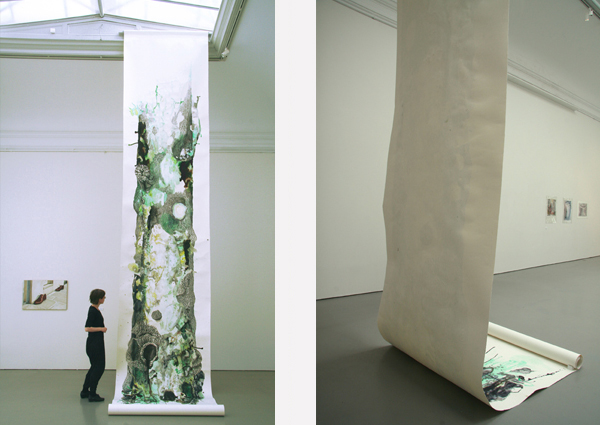 |
Untitled, ink, watercolour and acrylic paint on paper, 1,52x10 metres (floor to ceiling, 6,33 metres). From the exhibition The Prize Winners of the Royal Academy of Fine Arts 2014, Stockholm.
|
|
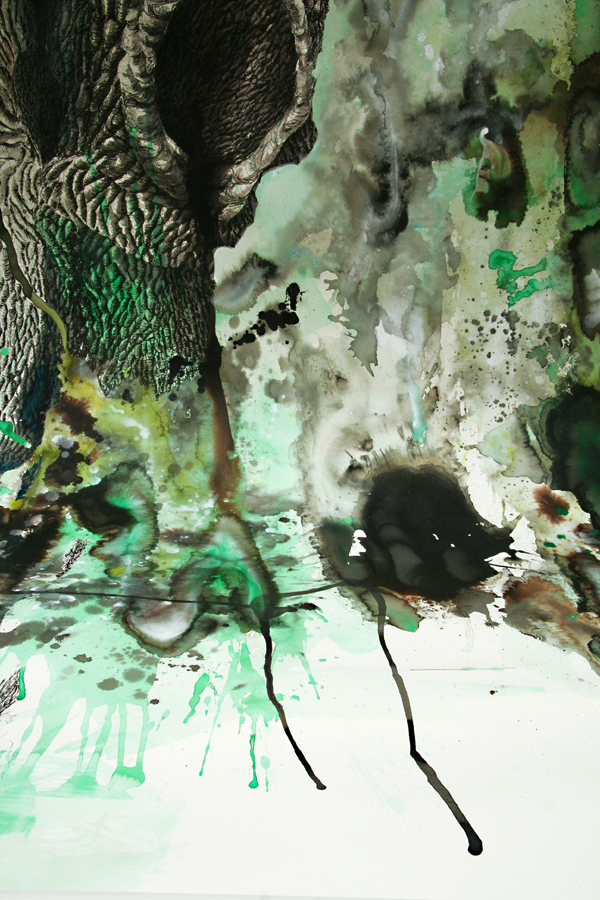 |
Detail from Untitled, ink, watercolour and acrylic paint on paper, 1,52x10 metres. From the exhibition The Prize Winners of the Royal Academy of Fine Arts 2014, Stockholm.
|
|
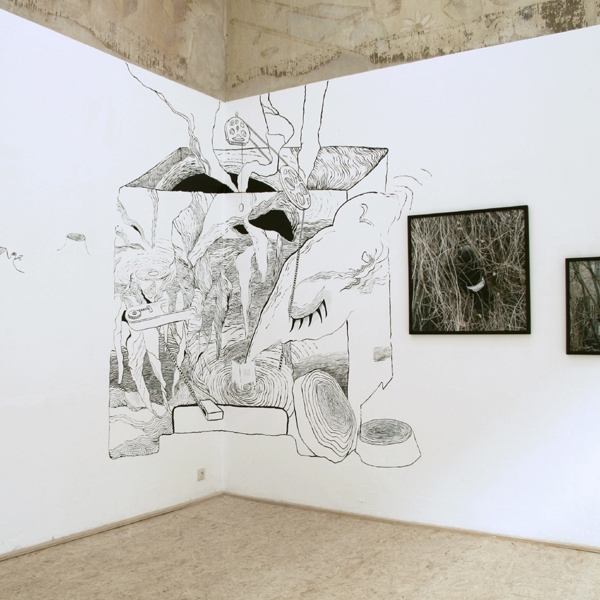 |
One night in Copenhagen, acrylic paints painted straight onto the wall (height of ceiling: 3,5 metres). If things do not happen Bautzner 69, Dresden, 2006.
|
|
 |
The Vertical Experience, CirkulationsCentralen, Malmö, 2011.
|
|
 |
The Vertical Experience, CirkulationsCentralen, Malmö, 2011.
|
|
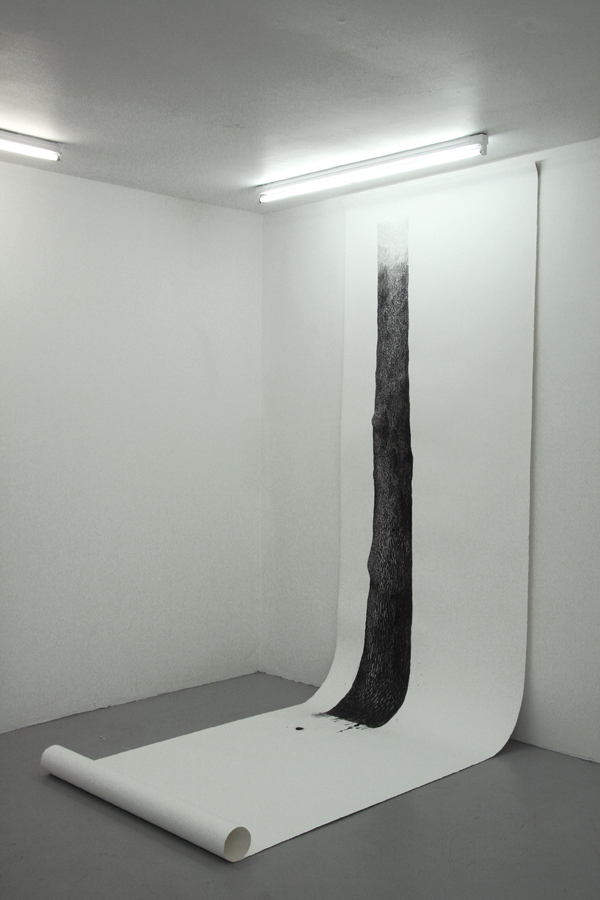 |
The Vertical Experience, CirkulationsCentralen, Malmö, 2011.
|
|
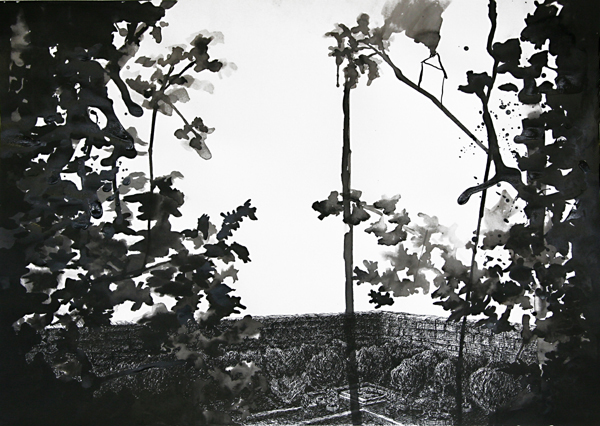 |
Ink drawing, 50x70 cm, 2009. From the exhibition Moving Darkness, Kulturrum, Hammenhög, 2009.
|
|
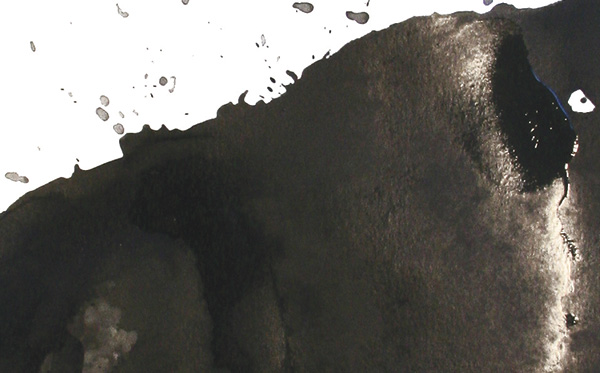 |
Detail from The Inkling, ink and watercolour on paper, 70x150 cm, 2008. From the exhibition Moving Darkness, Kulturrum, Hammenhög, 2009.
|
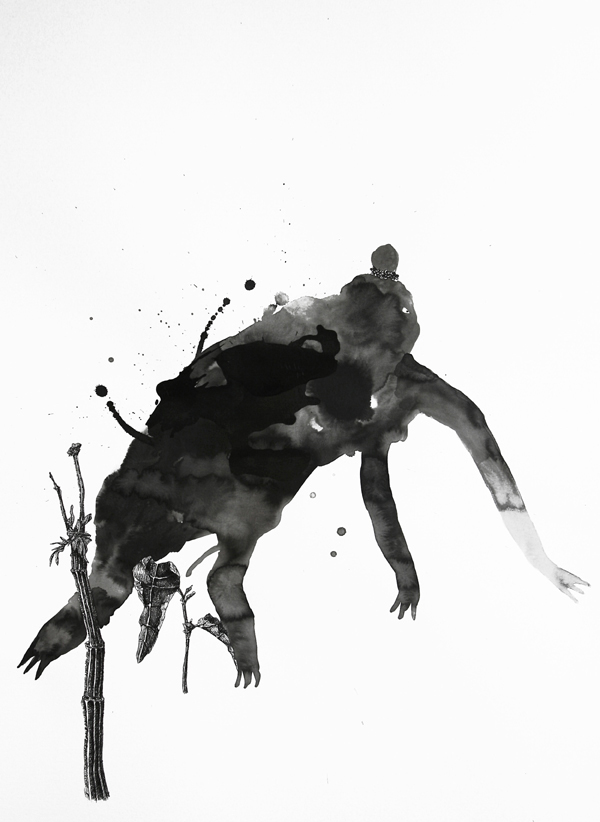 |
Ink drawing, 70x150 cm, 2009. From the exhibition Moving Darkness, Kulturrum, Hammenhög, 2009.
|
|
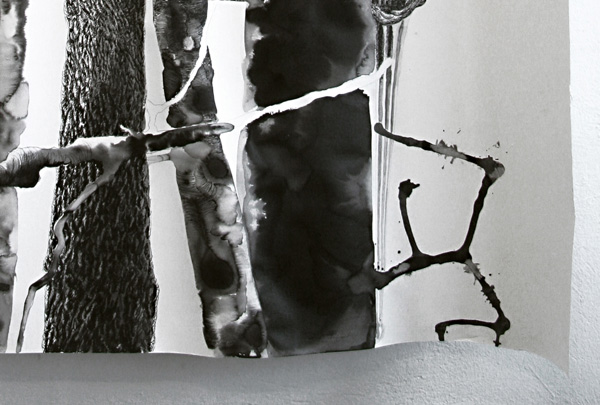 |
Detail from ink drawing, 120x160 cm, 2009. From the exhibition Moving Darkness, Kulturrum, Hammenhög, 2009.
|
|
 |
Dokumentation of work in studio 2014.
|
|
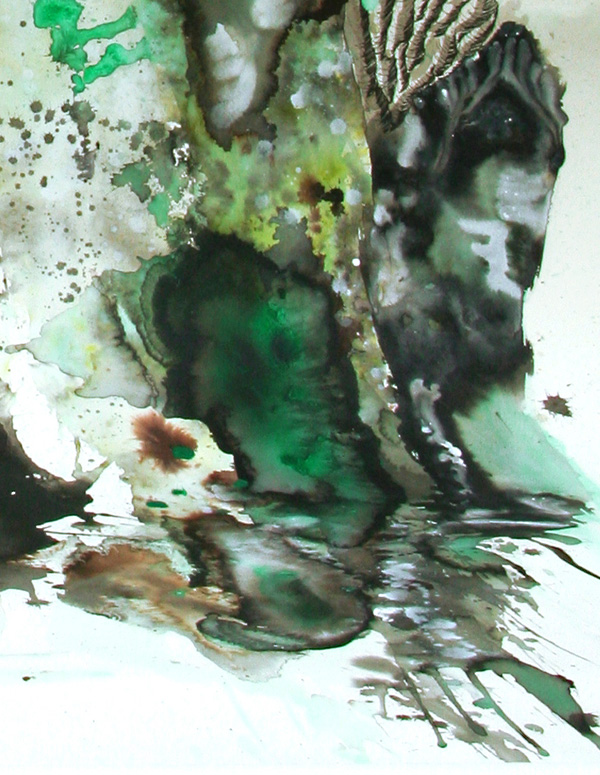 |
Detail from Untitled, ink, watercolour and acrylic paint on paper, 1,52x10 metres. From the exhibition The Prize Winners of the Royal Academy of Fine Arts 2014, Stockholm.
|
|
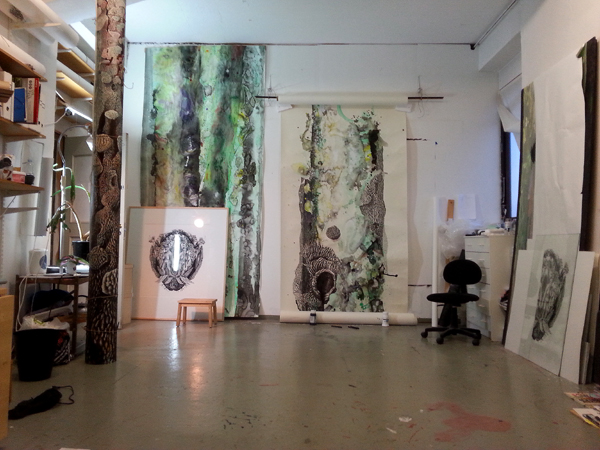 |
Studio at CirkulationsCentralen, Nobelvägen in Malmö 2014.
|
|
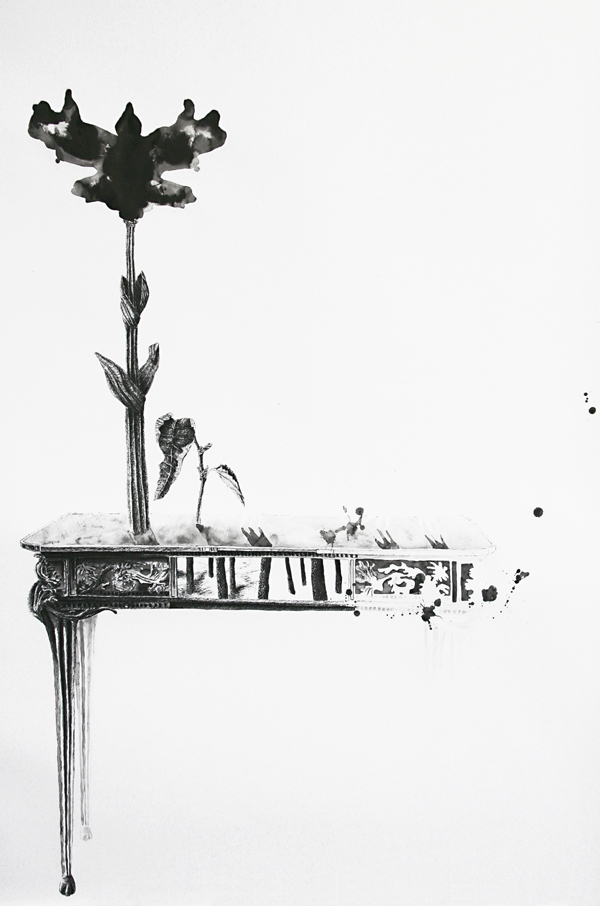 |
Absence, Ink drawing, 150x230 cm, 2009. From the exhibition Moving Darkness, Kulturrum, Hammenhög, 2009.
|
|
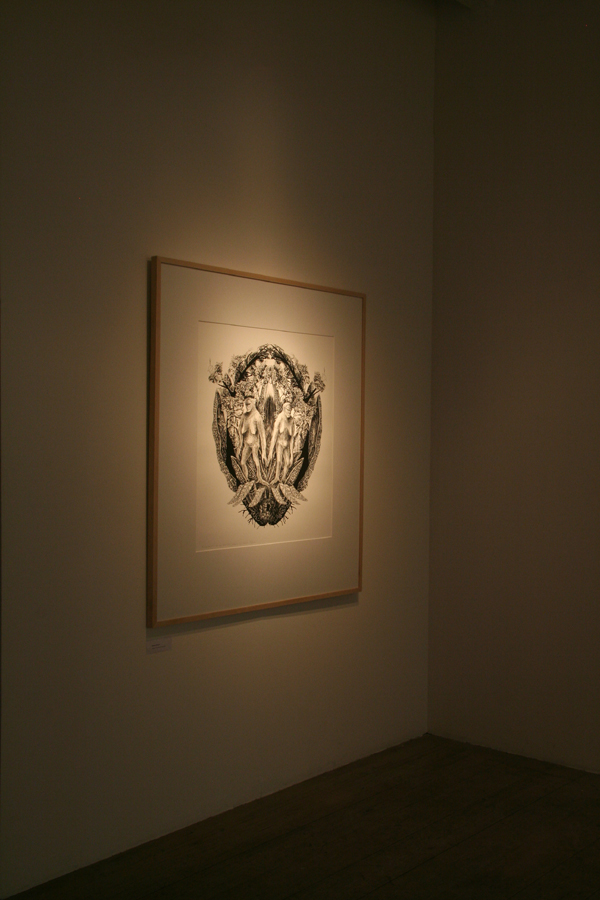 |
Drawing with Left and Right Hand, ink drawing, 90x84 cm, Studio 44, Stockholm 2012.
|
|
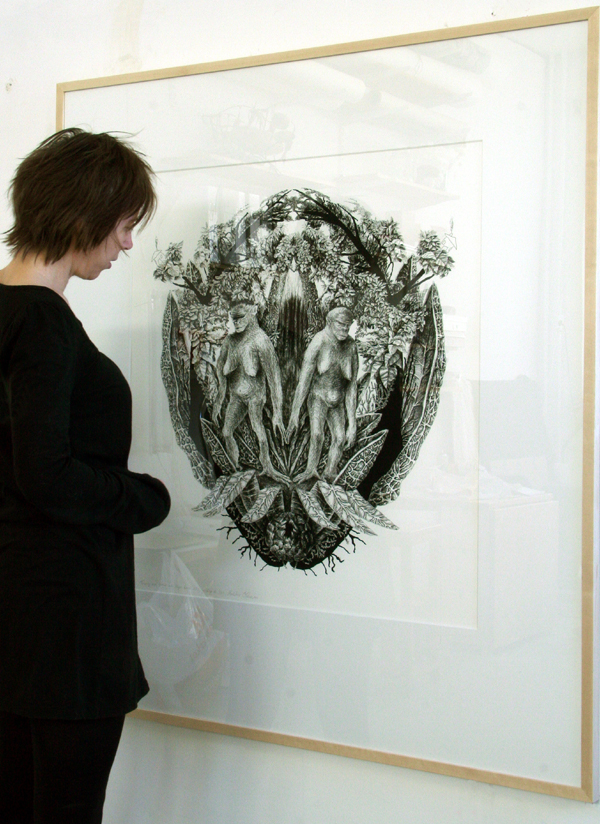 |
Drawing with Left and Right Hand, ink drawing, 90x84 cm, 2012.
|
|
 |
Parallel Drawing at Stortorget, The Malmö City Festival 2013.
|
|
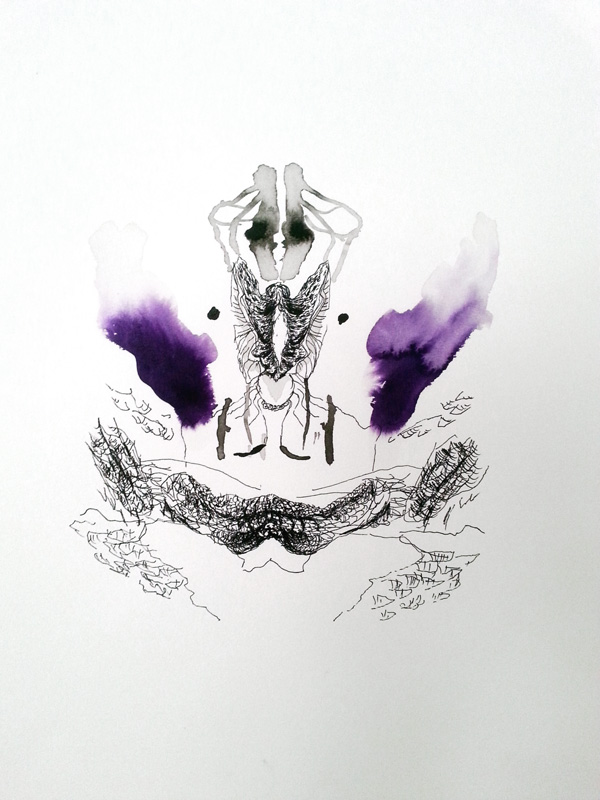 |
Ink drawing with left and right hand simultaneously, 21x30 cm, 2013.
|
|
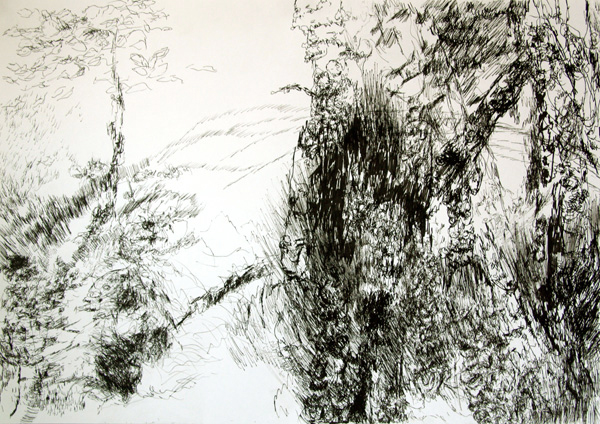 |
The Ménières Experience II, indian ink (fine pen), 42x49 cm, 2016. Drawing made during the abating or escalating attacks of dizziness, diagnosed as Ménières disease.
|
|
 |
The Ménières Experience IV, indian ink (fine pen), 42x49 cm, 2016. Drawing made during the abating or escalating attacks of dizziness, diagnosed as Ménières disease.
|
|
|






















